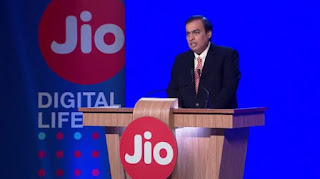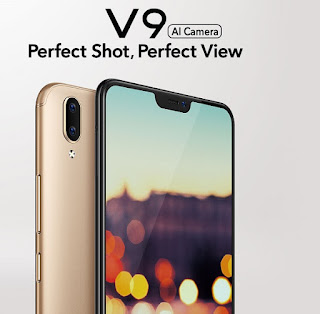Introduction: Brushless DC(BLDC) Motors used in Electric Vehicles
Electric vehicles (EVs) are becoming a popular alternative to internal combustion engine (ICE) vehicles. EVs are becoming popular by the day due to their numerous advantages over conventional gasoline powered vehicles. Basic components of an EV are an electric motor and rechargeable battery unit.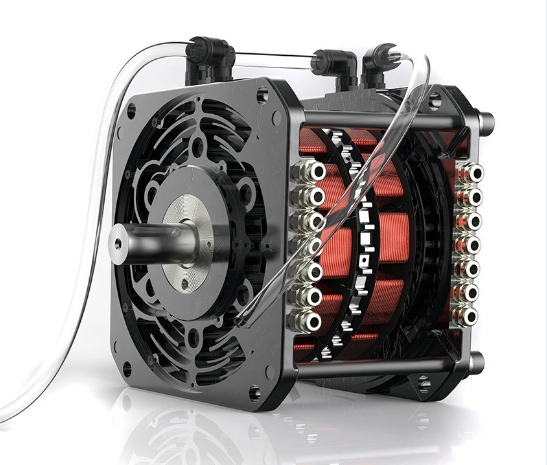 |
| A multi purpose BLDC Motor |
In this article ,we are checking Why BLDC are widely used in Electric Vehicles(EVs)?.
Most commonly used EV motor types.
There are mainly five different types of electric motors which are being used in current and upcoming EVs.Brushed DC Motors
 |
| Brushed DC Motor Working |
DC motors can be made as brushed and brushless DC motors. In a brushed DC motor, permanent magnets forms its outer body with a rotating armature inside. The permanent magnets are stationary and are called the 'stator'. The rotating armature contains an electromagnet and is called the 'rotor'. DC is supplied to rotor through Carbon brushes .Usually rotor will have three arms.Once Dc flows through the arms of the rotor , stator magnet will attract /repel the rotor arms. Rotor spins flipping the magnetic field and enabling the rotor to spin 360-degrees.
- Simple Design
- High starting torque capability of the DC Series motor makes it a suitable option for traction application.
- Easy speed control by varying current/voltage and it can also withstand a sudden increase in load.
- The main drawback of DC series motor is high maintenance due to brushes and commutators.
- Not suitable for high power applications.
Brushless DC Motor(BLDCM)
 |
| Brusless DC Motor Working |
In a brushed motor, rotation is achieved by controlling the magnetic fields generated by the coils on the rotor, while the magnetic field generated by the stationary magnets remains fixed. In a BLDC motor, it is the permanent magnet that rotates; rotation is achieved by changing the direction of the magnetic fields generated by the surrounding stationary coils. To control the rotation, you adjust the magnitude and direction of the current into these coils.
BLDC motors can further classified into Inner Rotor and Outer Rotor . Inner rotor is same as that of what we have seen above. In outer rotor set up, permanent magnet rotor will be surrounding inner stator windings.
 |
| Types of BLDC motor design |
 |
| BLDC Hub Motor For Electric Scooters. |
Advantage of Brushless DC motors
- Commutation is done electronically in this motor .So BLDC motors are maintenance free.
- BLDC motors have traction characteristics like high starting torque, high efficiency .
- BLDC motors are suitable for high power density design approach.
AC Motors
An AC motors basically have a stator with rotating magnetic field and rotor which is either a permanent magnet o an electromagnet.A synchronous electric motor is an AC electric motor in which, the rotation of the rotor is synchronized with the frequency of the supply current. |
| Basic Structure of a PMS Motor |
Architecture and working of PMSM is same as that of BLDC motors. Difference is that , in a BLDC motor DC supply is electronically switched/commuted to get an varying /rotating magnetic field and in PMSM a 3 phase AC supply is used to get a rotating magnetic field.
Advantages of PMSMS motors
- Similar to BLDC motors these motors also have traction characteristics like high power density and high efficiency.
- Permanent Magnet Synchronous motors are available for higher power ratings.
Now days PMSM is the best choice for high performance applications like cars, buses.
Disadvantages:
Disadvantages:
- PMSM is also costlier than BLDC motors.
Three Phase AC Induction Motors
A 3-phase induction motor consists of a stator and a rotor. The stator carries a 3 phase stator winding and the rotor carries a short-circuited winding. The stator winding is supplied from a 3-phase supply. The rotor winding drives its voltage and power from the stator winding through electromagnetic induction and hence the name. Principle of Electromagnetic Induction: A conductor placed in a changing magnetic field produces a Voltage or EMF (Electromotive Force) across it.
When the 3-phase stator winding is fed with 3-phase supply, a rotating magnetic field is produced in the motor. The rotor winding kept in this rotating magnetic field experience a Voltage or EMF (Electromotive Force) across it. As the rotor circuit is closed with short-circuit so currents start flowing in the rotor conductors. Since the current carrying rotor conductors are placed in the magnetic field produced by the stator winding, the rotor conductors experience mechanical force. The sum of the mechanical forces on all the rotor conductors produce a torque which moves the rotor in the same direction as the rotating magnetic field.
Disadvantages of AC Induction Motors
- The induction motors do not have a high starting toque like DC series motors under fixed voltage and fixed frequency operation. ‘
- The 3-phase induction motors are constant speed motors; hence their speed control is very difficult. It requires complex inverter circuit and control of the motor is difficult.
- AC Induction motors produce a constant acceleration up to certain speeds and then fall away rapidly.
- Car battery output is DC. This need to be converted to AC for supplying to motors.
- Simple design
- Induction motors have a long life due to less maintenance.
- It is less expensive.
- Induction motors can be designed up to an efficiency of 92-95%.
The AC induction motor is selected for the most of the Tesla models. Tesla Model S ,Model X and model Y uses AC motor
Switched Reluctance Motors (SRM)
 |
| Basic Structure of an SR Motor |
The SRM has stator windings and rotor core made up of soft magnetic material (often laminated steel).The rotor has no magnets or coils attached. When power is applied to the stator windings, the rotor's magnetic reluctance creates a force that attempts to align the rotor pole with the nearest stator pole. In order to attain rotation, an electronic control system is used to switch the power supplied to the windings of successive stator poles , pulling the rotor forward.
Advantages:
Electric Vehicle market is fast evolving and new types of motors are being developed by leading manufacturers .
- Switched Reluctance motors are simple in construction and robust.
- The rotor of the SRM is a piece of laminated steel with no windings or permanent magnets on it. This makes the inertia of the rotor less which helps in high acceleration.
- The robust nature of SRM makes it suitable for the high speed applications.
- SRM also offers high power density which are some required characteristics of Electric Vehicles.
- Since the heat generated is mostly confined to the stator, it is easier to cool the motor.
- The biggest drawback of the SRM is the complexity in control and increase in the switching circuit. Still SRM is not a preferred choice in EVs . It is still evolving .
Conclusion :Why BLDC Motors is mostly used in EVs.
- In comparison to AC induction motors, BLDC motors are expensive to manufacture but are very efficient (up to 90%)
- They are lighter in weight, compact in size ,So suitable for high power density design.
- Lesser maintenance due to Brushless and Commuter less design.
- Simpler to control the speed and reverse function than the AC motors. Braking and acceleration can be controlled precisely using electronic controllers .
- Especially in lighter vehicles like two wheelers and three wheelers, BLDC hub motors makes the design simpler and compact.
- Countries like China, it has become easy to produce BLDC motors in huge numbers. China is producing Low, Medium and High Powered BLDC Motors for EVs in huge numbers and supplying all over the world. You can even purchase a BLDC hub motor for an electric Scooter as low as $50. This makes manufactures choose BLDC motors for most of the electric two wheelers.
- Motors like Permanent Magnet Synchronous Motor (PMSM) are much better(in efficiency with no torque ripple & less noise) than BLDC but they are more expensive to manufacture This makes manufacturers choose BLDC motors for most of the electric two wheelers and other light vehicles. Latest two wheelers models are also equipped with PMSM motors. However BLDC motors are preferred for low cost models.
Electric Vehicle market is fast evolving and new types of motors are being developed by leading manufacturers .
Aim of this article is limited to "Why BLDC motors are being preferred in light Electric Vehicles ?"

















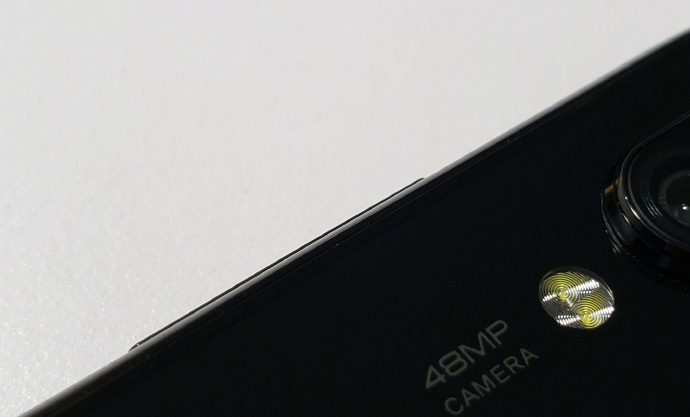
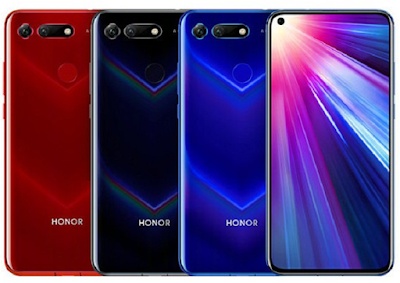






.jpg)

